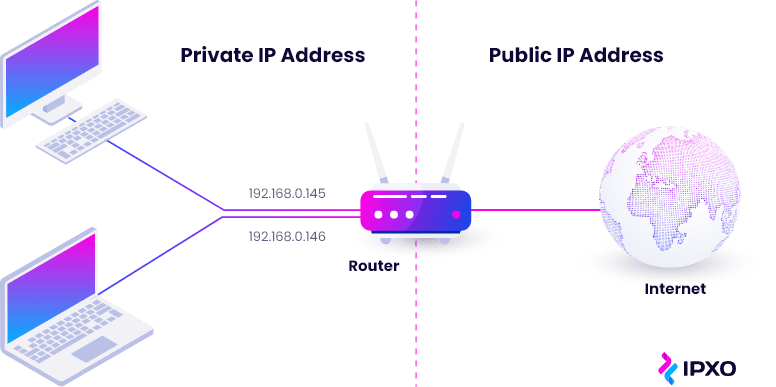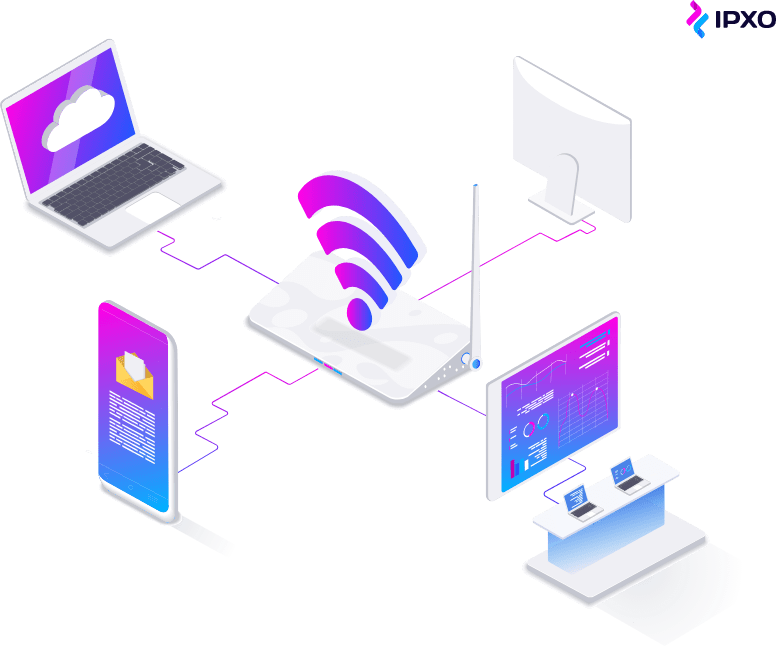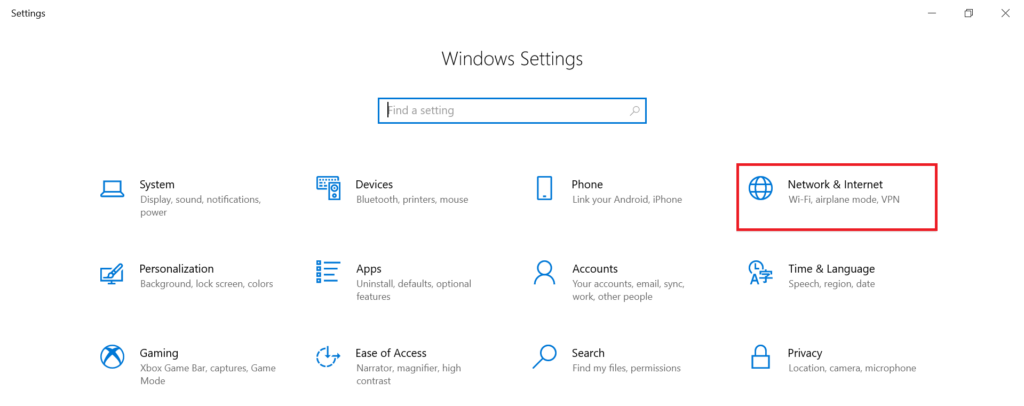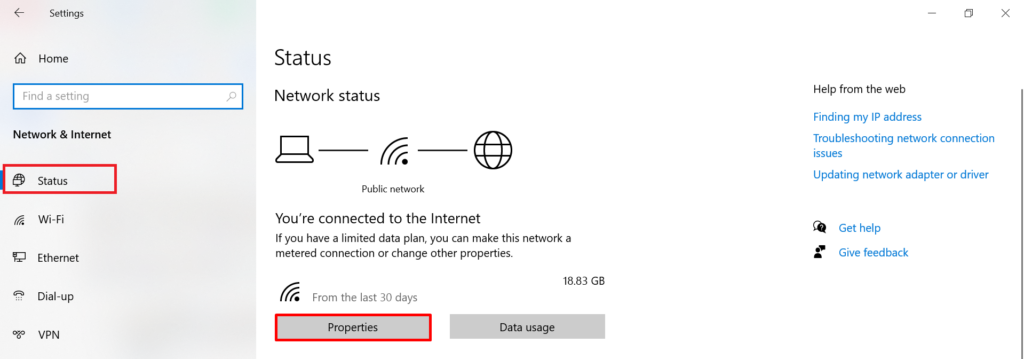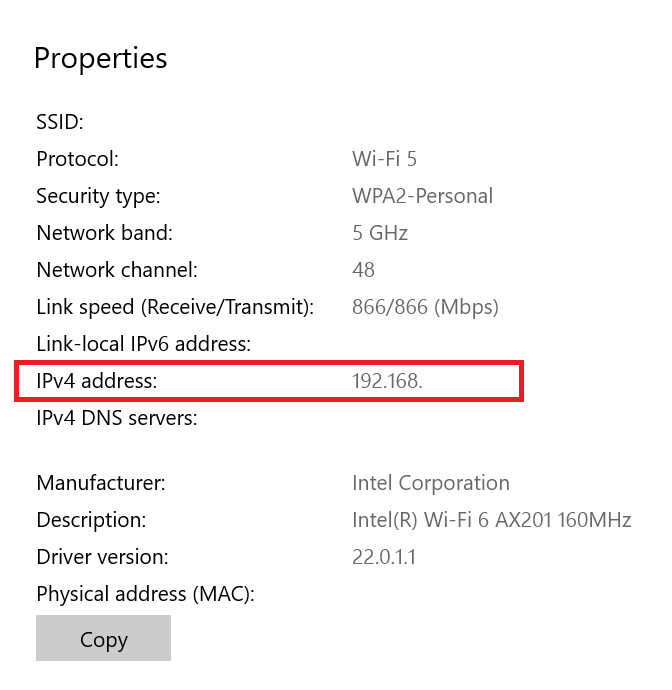Private vs Public IP Addresses: A Complete Beginner Guide
7 min read
22 September 2021
Mindaugas Kubilius
Discover the differences between private and public IP addresses and learn what both bring to the table.

About the author
Mindaugas is a Network Administrator at IPXO with more than 15 years of experience in the IT field. He specializes in building and maintaining various network infrastructures, as well as presenting top-notch engineering solutions to the public. After work, Mindaugas spends his time in nature.
Table of contents
Related reading
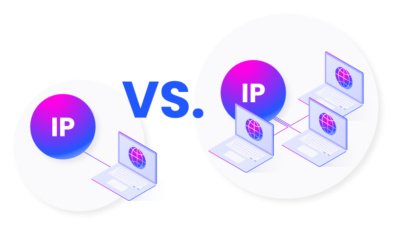
13 October 2022 •
Internet Protocol,
IPv4 for Business
Dedicated IP vs. Shared IP Addresses for Email Marketing
What are the roles of dedicated and shared IPs in email marketing? Which option offers more benefits for businesses? We have the answers for you.
Read more
15 September 2022 •
Internet Protocol,
IP Reputation
IP Warming for Email Campaigns: What Is It and Why Is It Important?
What is IP address warming? How does it work? What kinds of challenges can you face when warming IPs? How can you benefit from this practice? We've got all…
Read more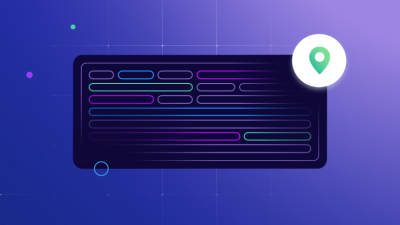
2 August 2022 •
Internet Protocol,
Networking Protocols
IPv4 Packet Header: Format and Structure
When you think about it, the IPv4 packet format is truly fascinating. Learn about the elements at play with this comprehensive guide.
Read moreSubscribe to the IPXO email and don’t miss any news!
